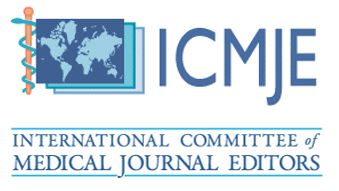Endodontic Retreatment of Element 17 with Removal of Intraradicular Pin: Case Report
It is observed that most of the teeth indicated for endodontic retreatment are restored. When a crown and intraradicular retainer are present, the coronary access is somewhat compromised, as care must be taken when removing the crown and intraradicular pin to avoid fracture of the dental element. Endodontic retreatment consists of a new treatment of the root canals, due to the previous failure or to perform a more appropriate treatment, especially in cases where the dental elements serve as support for prosthetic work. Endodontic retreatment is the removal of filling material, re-instrumentation and re-filling of root canals in order to improve the deficiencies of the previous treatment. Removing intraradicular pins can present great difficulties, such as the risk of dental fractures or root perforations, especially when there is little amount of remaining dental structure. With the advances in techniques and equipment, such risks have been minimized. In this perspective, the objective of this work is to present a clinical case of removal of an intraradicular retainer associated with obturation of the non-obturated mesial canal. After the case report, it can be concluded that the use of ultrasound as an aid to remove the intraradicular pin proved to be safer and more conservative. With the location of the distal canal, untreated in the previous endodontic treatment, it greatly improves the prognosis of endodontic retreatment of the dental element, since the failure to locate any of the root canals is the major cause of failure of the endodontic treatment.
Keywords: Intraradicular pin; Endodontic retreatment
Citation: Moreira AAF. “Endodontic Retreatment of Element 17 with Removal of Intraradicular Pin: Case Report”. SVOA Dentistry 2:5 (2021) Pages 246-249.











